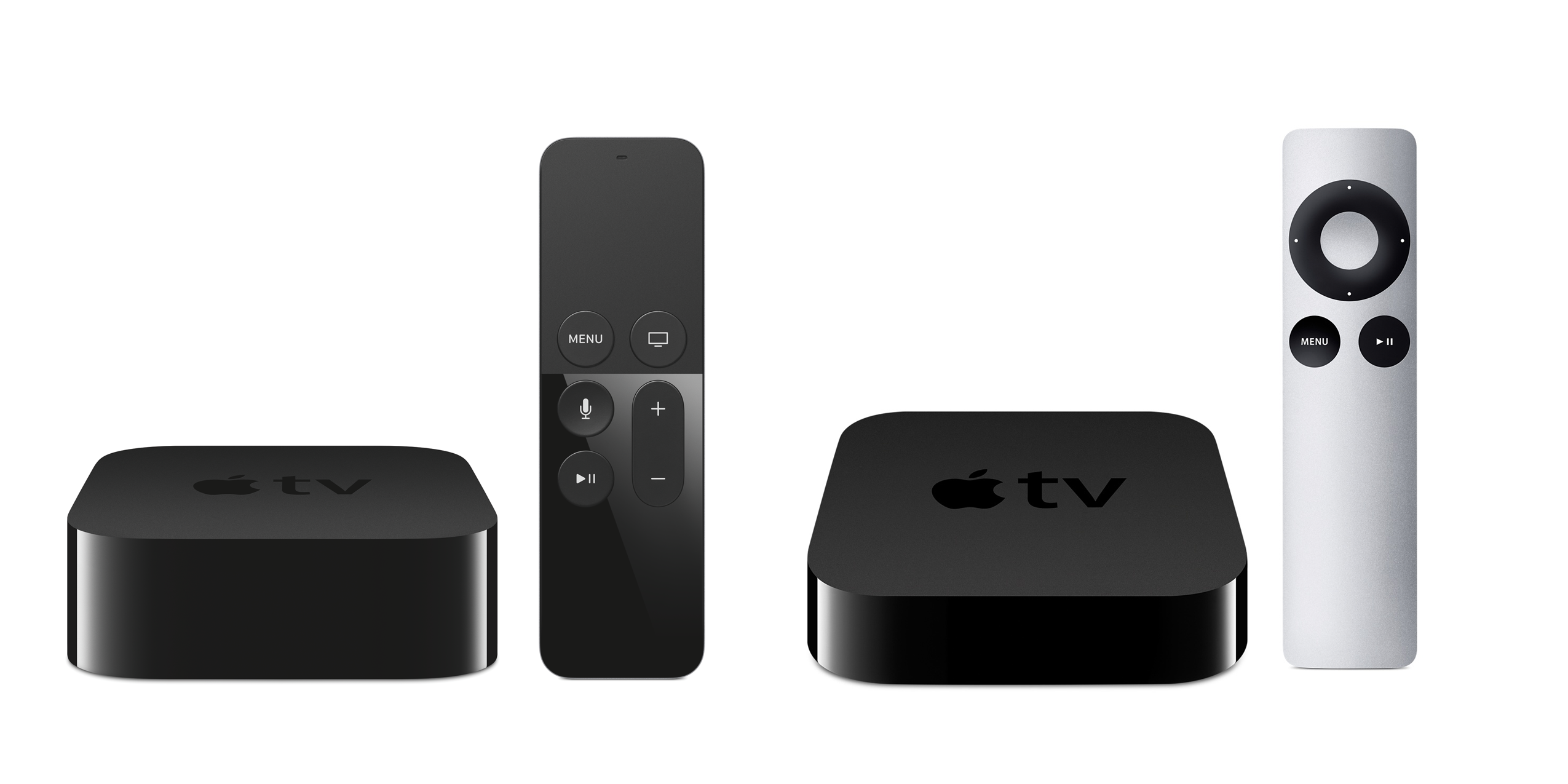I’ve owned the fourth-generation Apple TV for over a year now. It’s good, but in my opinion, it’s not better than the older versions of the Apple TV.
This shouldn’t be the case. The new Apple TV is faster and snappier, has an App Store, and has Siri so you can search and navigate using only your voice, if that’s your thing. It even has a touch-sensitive trackpad on the remote (touch gestures make everything better, right?). It can even do gaming!
Unfortunately, these features sound way better on paper than they are in practice. Let me go through each of them one by one, based on my experience:
- The new Apple TV is indeed faster and snappier. This is probably the only thing I really like about it. The App Store is fine, but like the iOS App Store, it feels outdated. It’s relatively intuitive, but I rarely go looking for new apps and games – I think that’s because people don’t use TVs the way they use phones or tablets. Unless there are new apps that happen to have programming I wouldn’t have been able to watch otherwise, which is never the case, I don’t really have a reason to visit the App Store. Games on the Apple TV are basic at best, and not a great experience. These feel mostly like phone games ported to the TV, nothing near console quality (like 40+ million other people, I own a PlayStation 4 for gaming; many others own Xbox and Nintendo consoles, so the Apple TV isn’t really fulfilling any kind of gaming need, unless you really want to play “Angry Birds” on the big screen. But I can’t think of anyone who would want that.) Siri is fine, but not great. It’s useful on occasion – you can ask for any movie or TV show, regardless of what you’re looking at, and get results from all the various apps you have downloaded. My favorite feature is the ability to ask, “What did s/he just say?” and have Siri automatically play back the last 15 seconds, but with added subtitles. That’s clever. Everything else is par for the course. Siri takes a second or two to activate, then a second or two to hear you, and then it responds. Often times, it misunderstands me. It’s far from natural-feeling, unlike the Amazon Echo in my home. The trackpad is downright awful. There are zero redeeming qualities about the Apple TV’s glass touchpad, which, Apple admits, is not the same kind of tactile, satisfying glass used for its iPhone displays. It’s hypersensitive and difficult to control – even though you can adjust the sensitivity settings, and mine are set to the lowest setting, it’s still a bad experience. Whether it’s typing or navigating, the touchpad is just awful. You can tap or swipe; I recommend tapping, because swiping is so laughably inaccurate. I find it appalling that this made it through Apple’s design house. Every time the remote is touched, at all – which happens all the time since the remote is small and slick and rolls around the couch quite easily – it activates, and usually starts playing content I don’t want it to play. It’s a major step backwards from the click controls of the previous Apple TV remote (that metallic beauty at the top of the page).
The fourth-generation Apple TV should be so much better than it is, which is inaccurate and generally unpleasant. It doesn’t help that the set-top box itself is bigger than past models for no apparent reason (Siri can’t take up that much space, can it?), and that the remote control is not intuitive, with excessive, non-intuitive controls. (Did you know you can make the Apple TV go to sleep by pressing and holding that TV button? I did not, until someone who actually helped develop the Apple TV told me over the phone.)
In general, I can't help but feel like this is where Apple products are heading.
In the case of the Apple TV, it feels like newness is prioritized over usefulness and intuitiveness. But "new," in the Apple TV, only means slight improvements, with few meaningful innovations. You can draw parallels to Apple's other recent products:

- The iPhone 7 is a modest update from the iPhone 6s, which is a modest update from the iPhone 6. The differences between the iPhone 7 and iPhone 6? It's water-resistant, its cameras are slightly better, and it shows a slightly wider color gamut. As someone who upgraded from an iPhone 6s to an iPhone 7, I hardly notice any differences at all, experience-wise. One exception: I did notice the lack of a headphone jack when I lost my Lightning EarPods last weekend while going through security at the airport, and had no viable replacement for my 6-hour flight. The Apple Watch Series 2 is also water-resistant, and adds GPS. Otherwise, it's by-and-large the same old Watch. It does not fix any of the problems of the first-generation model, like battery life, or the relatively useless digital crown, or its dependence on the iPhone. AirPods - Apple's yet-to-be-released wireless earbuds - are hardly better than the company's wired pair, which are significantly cheaper ($30 vs. $160) and more useful. Both AirPods and EarPods let you listen to music and answer phone calls, but AirPods can't play or pause your music, or change the volume, without using Siri, which is just plain awkward to do in public. The design also looks lazy, like they just cut the cords off from the EarPods and called it a day. The iPad Pro is basically a bigger, faster iPad. The only ways in which it's more useful than other iPads involve optional accessories you'd need to buy: the $99 Apple Pencil, and the Smart Keyboard, another add-on that costs anywhere between $150 and $170 (you're better off with Logitech's version, in my opinion, which is cheaper and has better features). But the tablet itself hasn't changed much, if at all. The new MacBook Pro is faster and thinner than ever, and the new Touch Bar can do some nifty tricks, but it's not so useful - especially for professionals, its intended audience - as to justify its astronomical price. We asked a video editor if they liked the Touch Bar, and he said it wouldn't change how he works. So while the Touch Bar looks cool, its use cases are niche at best. Oh, and you'll need to shell out extra for Apple's various dongles if you want to connect your external devices, like your camera. Oh, and its battery life isn't quite what Apple advertised.

If you're noticing a trend here, it's that Apple's newest products do offer some basic improvements, but are still loaded down with their own respective issues - again, it feels like newness is given priority over usefulness. For every positive in these new products, there's at least one negative. As someone who's used and owned Apple products all my life, it's a worrying trend: It feels like Apple's approach to products is altering course, moving away from minimalism and perfectionism, and moving towards cost-effectiveness and novelty. The company's latest products are good, not great.
Perhaps Jony Ive, Apple's design chief, really is making his gradual exit from Apple, after 25 years of working there. Or perhaps the current leadership, led by CEO Tim Cook, favors the company's bottom line over its product designs, as a means to appease shareholders. Regardless, don't expect a mea culpa from Apple; I do believe the company is listening to fans and users, and is making concerted efforts to give people what they want, but Apple would never admit its products are anything less than perfect. Let's just hope Apple is listening, that next year's products fix some of the biggest issues, and that the company's more exciting plans (VR, AR, cars) come to fruition. Because Apple, and many of its products, used to be great. But right now, they're all just good.

